Digital cultural content: guidelines for geographic information
Digital cultural content: guidelines for geographic information
Descrizione
A set of guidelines providing basic information for the description of geographic locations. When seeing a museum object, a question of high interest is: where to find it? For that the knowledge of its geographic location is essential.
This information has to be machine-readable: thus it can be used also in Europeana and other relevant portals.
Edited by ATHENA WP7 Working Group “Development of plug-ins to be integrated within the European Digital Library”.
Table of contents
1. Introduction
2. Basic terms
3. What is Geographic information system?
4. Standards
4.1. CIDOC Conceptual Reference Model
4.2. SPECTRUM Standard for Collections Information Management
4.3. Europeana Semantic Elements Specifications
4.4. Dublin Core Metadata Element Set
4.5. Simple Knowledge Organization System
4.6. ISO/TC 211 Geographic Information/Geomatics
4.7. Open Geospatial Consortium Standards
4.8. INSPIRE EU Directive
5. Possible cases of use
5.1. GIS case: Provider
5.2. GIS case: Country
5.3. GIS case: Current
5.4. GIS case: Event
5.5. GIS case: Identify
5.6. GIS case: Historical maps
5.7. GIS case: 3D
6. Conclusions
7. Literature and sources
http://www.athenaeurope.org/
Editore:
ATHENA (Access to cultural heritage network across Europe)Data:
2011Formato
application/pdf (2.39 MB)
Soggetto
• EuroVoc 4.2 -- EDUCAZIONE ET COMUNICAZIONE (D32) -- informazione ed elaborazione dell'informazione (MT3231)








 è un servizio del
è un servizio del